Last Updated: November 19, 2025
Lahore Smog Emergency 2025: Why It Happened, Health Risks, Govt Actions & Safety Tips
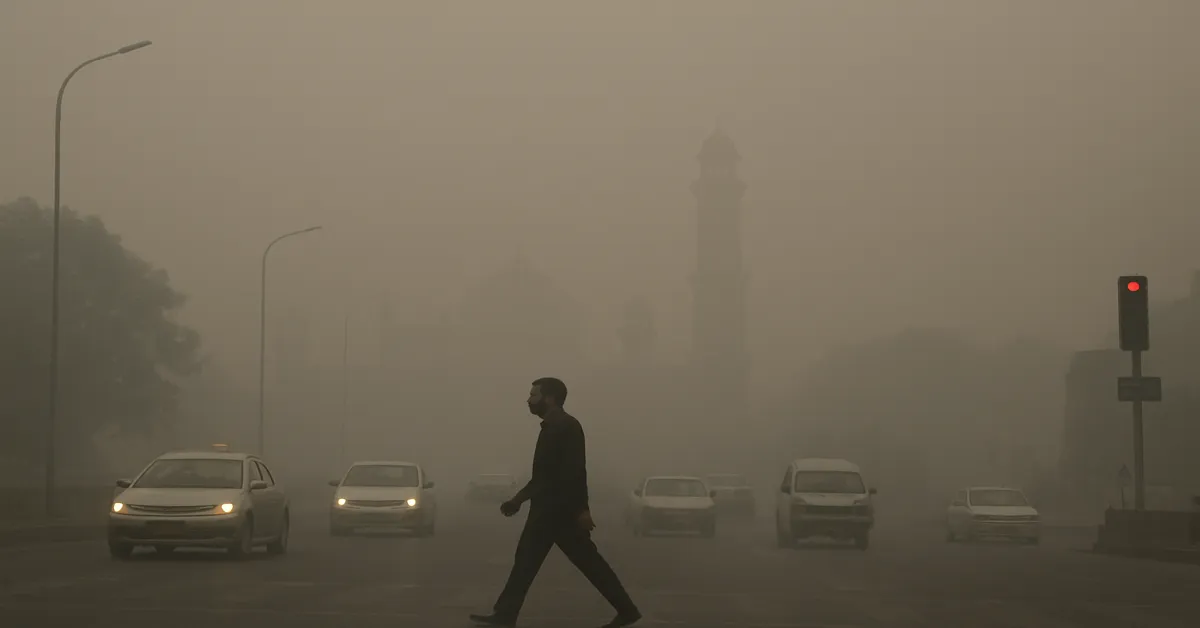
In recent years, Lahore has frequently appeared among the most polluted cities in the world during winter. Every smog season, air quality drops to “hazardous” levels, visibility on roads gets worse, schools are disrupted and hospitals see a sharp rise in patients with breathing problems. Because of this, the Punjab government has repeatedly declared an environmental and health emergency in Lahore and nearby cities to protect the public.
This article explains in simple language why there is an emergency in Lahore, what is causing the smog, how it affects your health, what the government is doing, and most importantly, how you can protect yourself and your family.
What Is the Smog Emergency in Lahore?
A “smog emergency” in Lahore usually means that the Air Quality Index (AQI) has reached extremely high levels for several days, often above 300, which is considered hazardous for everyone, not just sensitive groups. During these periods, the Punjab government and local administration:
- Issue health alerts and advise people to stay indoors as much as possible
- Announce closure of schools, colleges and offices on some days or shift to online classes
- Impose restrictions on certain industries and construction activities
- Increase checking of vehicles and factories for emissions
The goal of these steps is to reduce exposure to the toxic air and to bring down emissions that are making the smog worse.
Understanding Smog and AQI in Lahore
Smog is a mix of smoke, dust, gases and tiny particles in the air. In Lahore, it becomes especially bad in the months of October to January, when the weather is cooler and the air does not move much.
The situation is measured using the Air Quality Index (AQI). In simple terms:
- 0–50: Good
- 51–100: Moderate
- 101–150: Unhealthy for sensitive groups
- 151–200: Unhealthy
- 201–300: Very unhealthy
- 301 and above: Hazardous
On many smog days, Lahore’s AQI goes well above 300 in several areas, sometimes even higher. At this stage, the air is considered dangerous for everyone and can cause instant health problems, especially for children, elderly people and those with asthma or heart disease.
Why Is There an Emergency in Lahore? Main Causes of Smog
The smog in Lahore is not due to one single factor. It is a combination of different pollution sources and weather conditions. Some of the main causes are:
1. Vehicle Emissions
Lahore has a huge and growing number of cars, bikes, buses, trucks and rickshaws. Many of them are old, poorly maintained and run on lower quality fuels. These vehicles emit:
- Fine particulate matter (PM2.5 and PM10)
- Nitrogen oxides
- Sulphur dioxide
- Carbon monoxide
When millions of vehicles release these pollutants every day, the air becomes extremely dirty, especially along main roads and busy intersections.
2. Industrial and Brick Kiln Pollution
Around Lahore and in other parts of Punjab, there are many factories, power plants and brick kilns. If these units do not follow proper regulations or use older technology, they emit large amounts of smoke and fine particles.
In some years, the government has ordered temporary closure or conversion of brick kilns to cleaner zig-zag technology during severe smog periods. However, weak enforcement and limited monitoring mean that industrial pollution still remains an important contributor.
3. Crop Burning and Biomass Burning
After the rice harvest in Punjab and surrounding regions, many farmers burn leftover crop residue to quickly clear their fields. This practice, often called stubble burning, produces large clouds of smoke.
When this smoke combines with city pollution and stagnant winter air, it leads to thick smog across Lahore and other cities. Domestic burning of wood, coal or waste for cooking and heating in some areas also adds to the problem.
4. Construction Dust and Open Waste Burning
Rapid urban development brings constant construction and demolition activities. Without proper dust control, fine particles spread in the air.
Similarly, open burning of garbage along roadsides and in empty plots remains a common but harmful practice. Plastics and mixed waste release toxic chemicals when burned, worsening the air quality.
5. Weather Conditions and Geography
In winter, the air in the plains of Punjab becomes colder near the ground and warmer above. This situation, called a temperature inversion, traps pollution close to the surface and prevents it from rising and dispersing.
Lahore is a relatively low-lying city surrounded by agricultural and industrial areas. When winds are slow and humidity is high, smoke and dust stay in the air for days, forming the familiar grey-brown blanket of smog.
Health Risks: How Smog Affects People in Lahore
The most dangerous part of smog is fine particulate matter (PM2.5). These particles are so small that they can enter deep into the lungs and even move into the bloodstream.
Short-Term Health Effects
During severe smog days, many people in Lahore experience:
- Burning or watering eyes
- Dry throat and coughing
- Shortness of breath and chest tightness
- Headaches and dizziness
- Worsening of asthma and allergy symptoms
Hospitals and clinics often report a clear increase in:
- Asthma attacks
- Bronchitis and other respiratory infections
- Patients with existing heart disease facing complications
Long-Term Health Effects
If people are exposed to polluted air for many months and years, it can lead to:
- Chronic asthma and reduced lung capacity
- Higher risk of heart attacks and strokes
- Increased risk of certain cancers
- Development problems in children’s lungs and immune systems
Children, elderly people, pregnant women and those with existing breathing or heart problems are most vulnerable. However, when AQI crosses hazardous levels, everyone is at risk, including young and healthy adults.
Government Response: What Has Been Done During the Emergency?
In reaction to repeated smog crises, the Punjab government and Lahore administration have taken different types of actions. The exact measures vary from year to year, but they usually include:
1. Health Emergency and Notifications
Authorities issue health emergency notifications and smog alerts, advising citizens to:
- Limit outdoor activities
- Wear masks when going outside
- Seek medical help if experiencing breathing difficulties
2. School and Office Closures
On days where the AQI becomes extremely high, the government may:
- Announce closure of schools and colleges
- Shift classes to online learning temporarily
- Encourage private offices to allow work-from-home
These steps are taken to reduce exposure for children and commuters who spend a lot of time on the roads.
3. Restrictions on Industries and Construction
During severe smog periods, certain industrial units and brick kilns are ordered to:
- Install or operate pollution control equipment
- Temporarily shut down if they fail to meet standards
- Use cleaner technologies such as zig-zag kilns
Construction projects may also be asked to reduce operations or follow strict dust control measures.
4. Traffic and Transport Measures
To control vehicle emissions, authorities sometimes:
- Increase checking of vehicles for fitness and emissions
- Implement fines for visible smoke and lack of proper documentation
- Promote carpooling and discourage unnecessary travel on smoggy days
5. Awareness Campaigns
The government, NGOs and health professionals run awareness campaigns through TV, radio and social media to:
- Explain the dangers of smog
- Encourage people to use masks and avoid open waste burning
- Promote plantation, cleaner fuels and energy-efficient practices
What Can You Do to Stay Safe During the Lahore Smog Emergency?
While large-scale solutions require government and policy changes, there is still a lot that individuals and families can do to protect themselves in the short term.
1. Limit Outdoor Exposure
- Avoid going outside when the smog looks thick, especially at night and early morning.
- Reduce outdoor exercise like running, cycling or playing sports in open grounds during high smog days.
- Try to plan essential work or shopping for days when the AQI is relatively lower.
2. Use Masks Properly
Not all masks provide proper protection against fine particles. Some effective choices are:
- N95 or KN95 masks that fit tightly on the face
- Reusable masks with PM2.5 filters
Simple cloth masks provide limited protection, but are still better than nothing if properly layered. Make sure the mask covers both nose and mouth and has as few gaps as possible.
3. Keep Indoor Air as Clean as Possible
- Keep doors and windows closed when smog is at its worst, especially during the night.
- If possible, use an air purifier in rooms where family members spend the most time.
- Place damp towels near windows or on doors to catch dust particles, and wash them regularly.
- Avoid indoor smoking, incense, candles and other sources of indoor air pollution.
4. Protect Children, Elderly and Patients
- Keep children indoors when AQI is very high and discourage playing in open grounds.
- Ensure that people with asthma, COPD or heart disease have their medicines and inhalers easily available.
- Consult a doctor promptly if anyone experiences severe breathing difficulty, persistent cough or chest pain.
5. Stay Hydrated and Maintain General Health
- Drink plenty of water to help your body flush out toxins.
- Use saline drops or steam inhalation if your nose and throat feel dry or irritated (after consulting a doctor if you have medical conditions).
- Maintain a healthy diet with fruits and vegetables that support immunity.
6. Contribute to Long-Term Solutions
On a community and personal level, you can help reduce pollution by:
- Avoiding open burning of trash, leaves or crop residue
- Using public transport, carpooling or walking for short trips
- Maintaining your vehicle and ensuring it passes emissions checks
- Planting trees and supporting green spaces in your neighborhood
- Supporting policies and leaders who push for clean energy and strict pollution control
Is the Smog Emergency in Lahore Going to Repeat Every Year?
Unfortunately, without strong and consistent action, smog in Lahore is likely to keep coming back every winter. The main reasons are:
- Dependence on old vehicles and low-quality fuel
- Industrial and brick kiln emissions
- Crop burning and open waste burning
- Rapid urbanization and loss of green spaces
- Weather patterns that trap pollution in the region
That is why experts argue that Pakistan needs a long-term clean air plan with strong monitoring, transparent data, strict enforcement and regional cooperation, rather than only temporary closures during emergencies.
Key Takeaways: Why There Is an Emergency in Lahore
- Lahore experiences a smog emergency when the air quality becomes hazardous, mainly in winter.
- The main causes are vehicle emissions, industrial smoke, brick kilns, crop burning, construction dust and weather conditions.
- Health risks include eye and throat irritation, breathing problems, asthma attacks, heart issues and long-term lung damage.
- The government responds by closing schools, restricting industries, checking vehicles and issuing health advisories.
- Individuals can protect themselves by staying indoors, wearing proper masks, keeping indoor air clean and taking extra care of children and patients.
- Lasting improvement requires systematic policy changes and public cooperation, not just short-term emergency measures.
If you live in Lahore or nearby areas, staying informed and taking simple precautions can significantly reduce your risk during the smog season. Small lifestyle changes, combined with collective pressure for cleaner policies, can help make the city’s air safer in the coming years.
Frequently Asked Questions (FAQs) About the Lahore Smog Emergency
Why is there an emergency in Lahore right now?
The emergency in Lahore is due to extremely high air pollution levels. During smog season, the Air Quality Index often reaches hazardous levels, which can cause serious health problems for the entire population, especially vulnerable groups.
Which months are worst for smog in Lahore?
Smog is usually worst from October to January, when the weather is cooler, winds are weak and pollution gets trapped close to the ground.
Is it safe to go outside during the smog emergency?
It is better to limit outdoor activities during peak smog hours, especially for children, elderly people and those with asthma or heart disease. If you must go out, wear a well-fitted N95 or KN95 mask.
Why are schools closed in Lahore during smog?
Schools are closed or shifted online to reduce exposure for children, who are more sensitive to air pollution. Travelling to school and playing outdoors can greatly increase their contact with polluted air.
Does rain help reduce smog in Lahore?
Yes, rain usually improves air quality because it washes out many of the particles from the air. After a good rainfall, the AQI often drops and visibility improves for some time.
What mask should I wear in Lahore smog?
Masks rated N95, KN95 or similar are recommended because they can filter fine particles like PM2.5. If these are not available, use a multi-layered cloth mask and ensure it fits tightly, though it will give less protection.
Can smog cause permanent damage?
Long-term exposure to polluted air can contribute to chronic lung and heart diseases, and may cause permanent reduction in lung capacity, especially in children. Reducing exposure and following medical advice is very important.
What can ordinary citizens do to help reduce smog?
Citizens can help by avoiding open burning, maintaining their vehicles, using public transport or carpooling, planting trees and supporting policies and leaders who prioritise clean air and environmental protection.
Will Lahore’s smog problem ever be solved?
Yes, it can be improved significantly if there is consistent political will, strong enforcement of environmental laws, cleaner energy, better urban planning and public cooperation. Many cities worldwide have reduced pollution levels through long-term policies and Pakistan can do the same with sustained efforts.
You May Also Like:

Buner Flood 2025: Full Story, Damages, Safety Tips, and Future Risks...
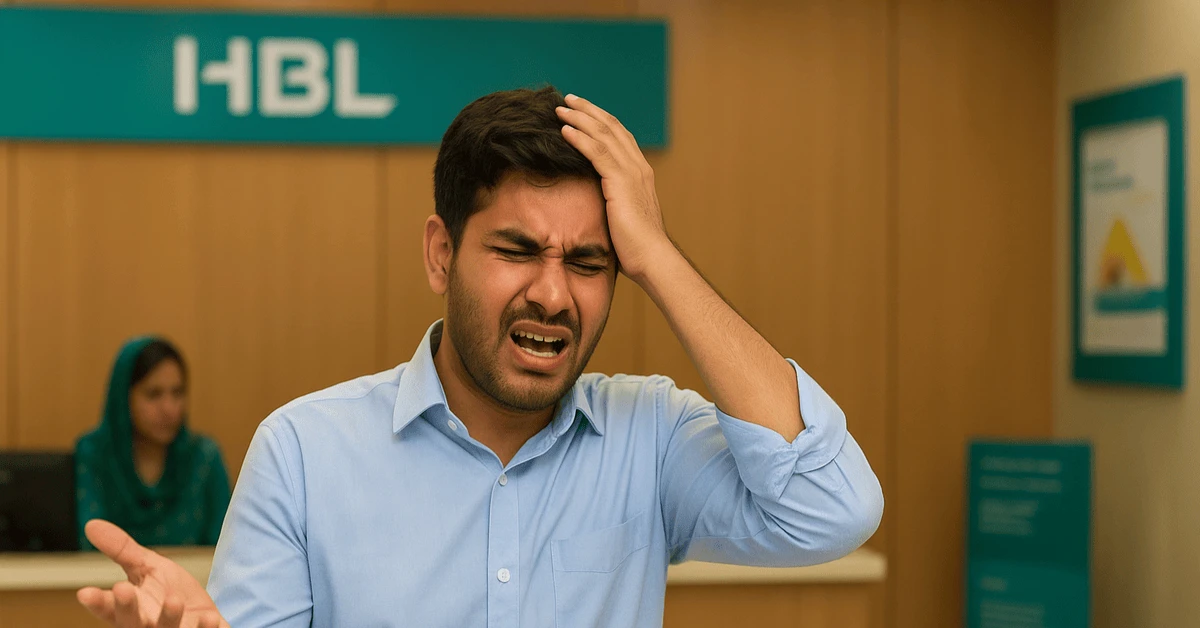
A Special Condition Marked on Your HBL Account: Meaning, Causes, Fix and Your Rights in Pakistan...
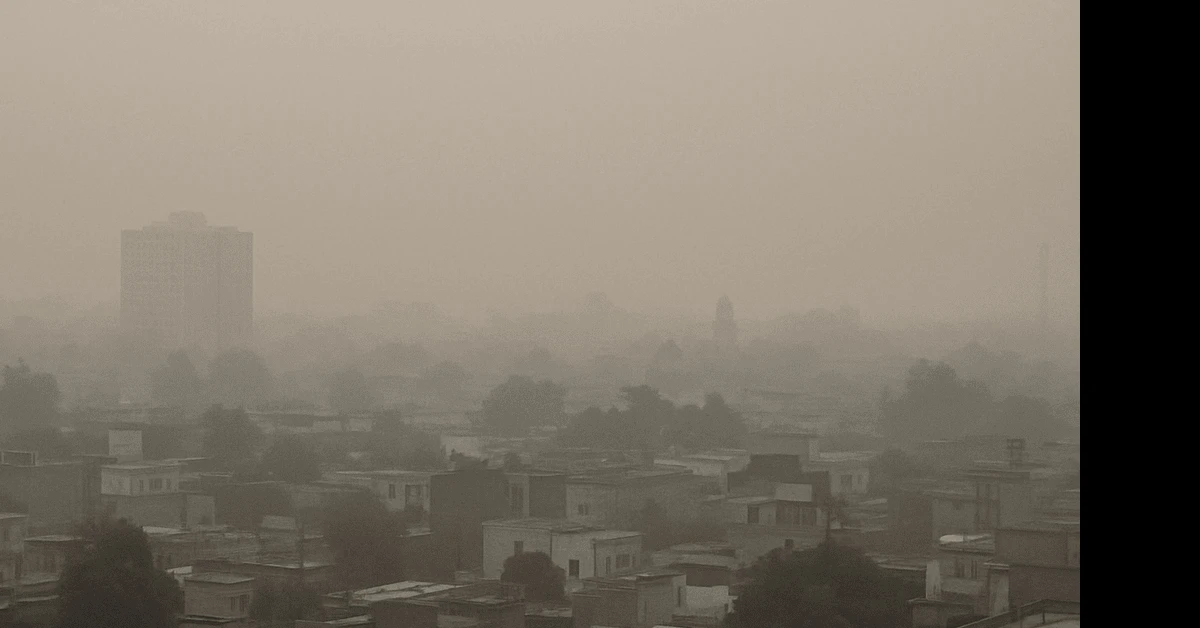
Peshawar Smog Advisory Issued: Why Residents Are Urged to Stay Indoors...
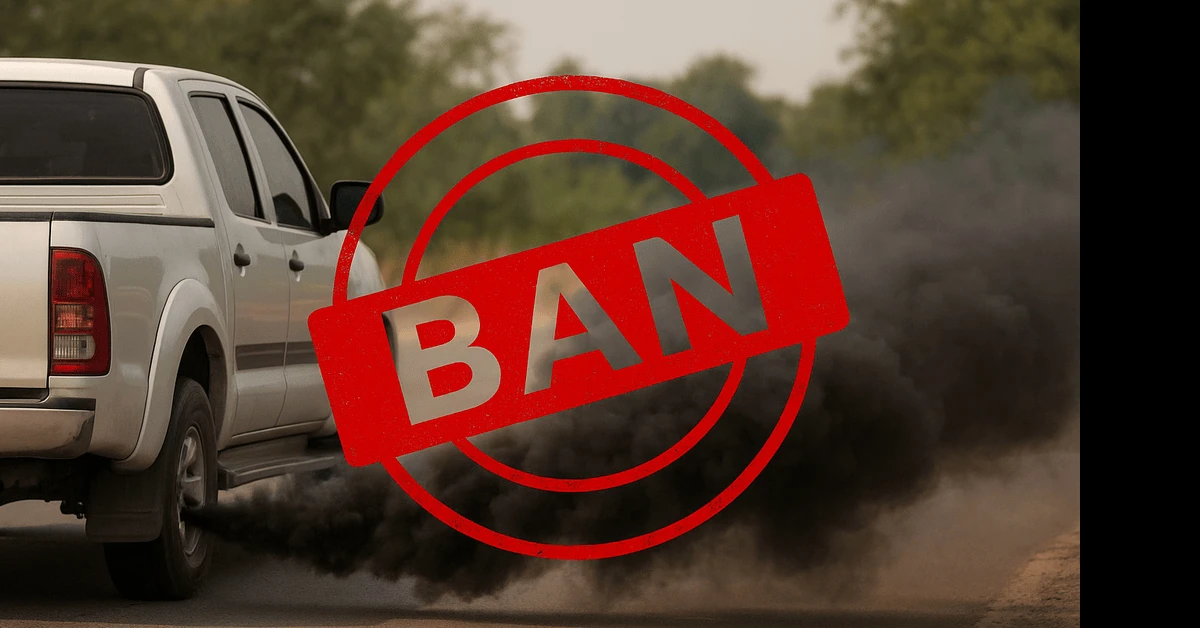
Islamabad Launches Vehicle Smoke-Emission Ban to Tackle Winter Smog...

The Silent Strain: How Remote Work is Fueling a Global Mental Health Crisis...
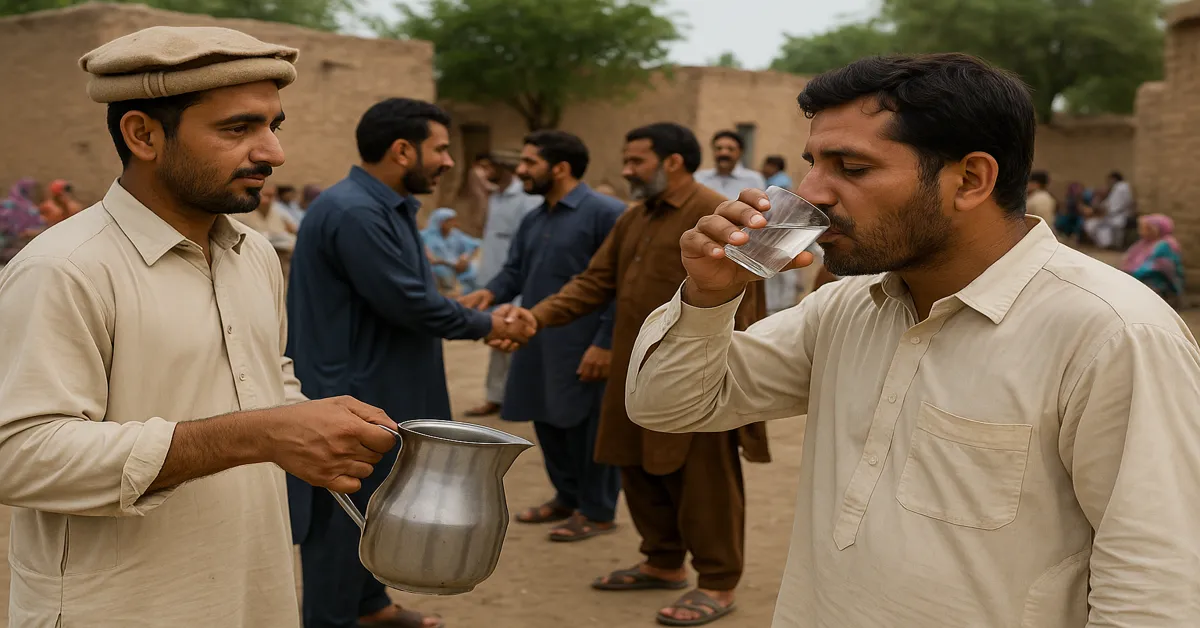
Hidden Health Hazards in Village Gatherings: How Shared Glasses and Unwashed Hands Spread Disease...

Best Phones Under 45,000 in Pakistan for PUBG and Gaming (2025 Guide)...

